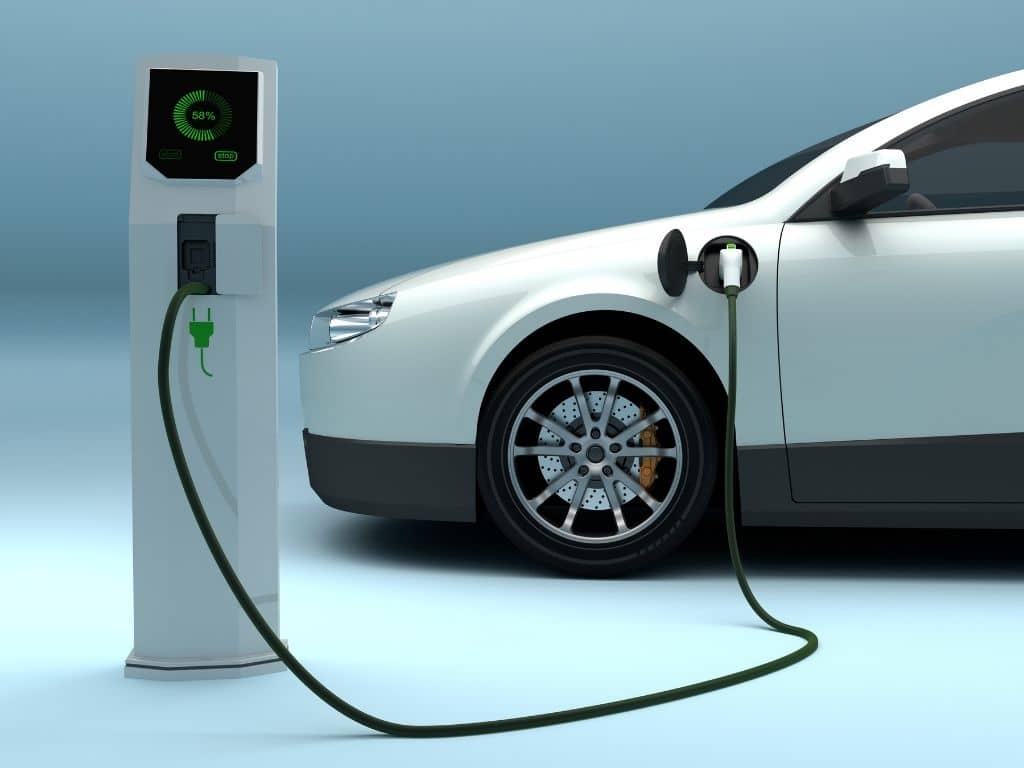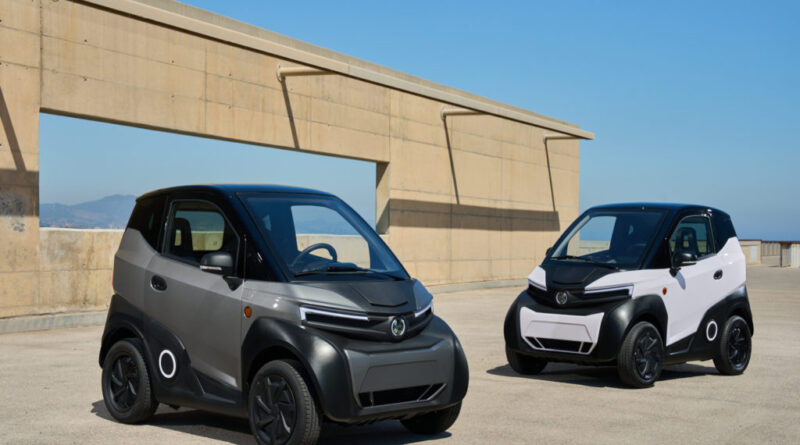Introduction
In a world racing toward a cleaner, smarter, and more sustainable future, the roar of internal combustion engines is slowly giving way to the quiet hum of electric motors. Electric cars, once dismissed as niche and impractical, have now surged into the mainstream with impressive speed and sophistication. What was once an environmentalist’s dream is now a symbol of modern innovation, luxury, and performance.Welcome to the era of Silent Power—the rise of electric cars.

The Evolution of Electric Vehicles (EVs)
Electric vehicles aren’t a new invention. In fact, they date back to the 19th century. By the early 1900s, EVs were quite popular, especially in urban areas, due to their smooth operation and lack of exhaust fumes. However, the discovery of vast oil reserves and the rise of mass production (spearheaded by Henry Ford’s assembly line) made gasoline cars cheaper and more powerful. By the 1920s, electric cars had virtually disappeared.It wasn’t until the late 20th and early 21st centuries that a renewed interest in electric mobility emerged, driven by:
Rising fuel prices
Environmental concerns
Technological advancements in batteries and electronics
Government regulations on emissions
Tesla and the Electric Revolution
No discussion of EVs is complete without mentioning Tesla. Founded in 2003, Tesla didn’t invent the electric car, but it revolutionized the perception of one. The Tesla Roadster (2008) proved that electric cars could be fast and fun. The subsequent Model S, Model 3, Model X, and Model Y made EVs aspirational and practical.Tesla’s success forced legacy automakers to take EVs seriously. The result? A global race to electrify.
Why Electric Cars Are Gaining Popularit
EVs produce zero tailpipe emissions. When charged from renewable energy, their carbon footprint can be significantly lower than traditional vehicles.
Performance
Electric motors provide instant torque, resulting in rapid acceleration. Cars like the Tesla Model S Plaid or Rimac Nevera rival or even outperform some of the fastest gasoline supercars.
Lower Operating Costs
Fewer moving parts mean less maintenance. There’s no need for oil changes, spark plugs, or exhaust systems. Electricity is also cheaper than gasoline in many regions.
Government Incentives
Many governments offer tax rebates, free charging, priority lanes, and registration benefits to EV owners.
Quiet and Comfortable Ride
The “silent power” of EVs creates a serene driving experience, with minimal vibration and noise.
The Global EV Landscape
Countries around the world are embracing the EV revolution at different paces:
Norway: Over 80% of new car sales are electric. The country aims to ban new petrol/diesel car sales by 2025.China: The world’s largest EV market, supported by domestic giants like BYD, Nio, and Xpeng.United States: Tesla leads, but Ford, GM, and Rivian are catching up.Europe: Strong EV growth, especially in Germany, the UK, and the Netherlands, driven by regulations and infrastructure development.
Top Electric Car Models (as of 2025)
Tesla Model 3/Y – Affordable, reliable, and packed with tech.
Lucid Air – Luxury EV with over 500 miles of range.
Ford Mustang Mach-E – An iconic name reimagined as an electric SUV.
Hyundai Ioniq 5 & Kia EV6 – Stylish, well-priced, and feature-rich.
BMW i4 & Mercedes EQS – German engineering meets electric innovation.
Porsche Taycan – Combines sports car dynamics with electric power.
BYD Seal & Atto 3 – Chinese models gaining traction globally.
Infrastructure and Charging
A key to EV adoption is charging infrastructure.
Types of Charging:
Level 1 (Slow Charging): Home outlet. Good for overnight charging.
Level 2 (Fast Charging): Installed at home or public stations. 4–8 hours for full charge.
DC Fast Charging (Ultra-Fast): Charges up to 80% in 20–40 minutes.
Network Growth:
Charging networks like Tesla Supercharger, Electrify America, Ionity, and regional providers are expanding rapidly, reducing “range anxiety.”
Battery Technology: The Heart of an EV
Battery innovation is crucial. Key developments include:
Lithium-ion dominance: Still the most widely used.
Solid-state batteries: Offer higher energy density and safety. Expected to enter mass production soon.
Battery recycling: Essential to reduce environmental impact and resource demand.
Swappable batteries: Gaining attention in Asia for commercial fleets and taxis.
Challenges Facing the EV Industry
Despite the momentum, several hurdles remain:
High Initial Cost: Although dropping, EVs are still more expensive than gas cars in some markets.
Limited Range: New models offer 250–400 miles, but range anxiety persists.
Charging Time: Though improving, charging is slower than filling a gas tank.
Grid Load: Mass adoption could strain electrical grids without proper planning.
Battery Mining: Environmental and ethical concerns about lithium, cobalt, and nickel mining.
The Road Ahead: Future of Electric Mobility
The next decade will witness a full-blown transformation of the auto industry.
Autonomous EVs
Electric cars and self-driving tech are evolving together. EVs are ideal platforms for AI integration, offering features like Autopilot, self-parking, and smart route planning.
Vehicle-to-Grid (V2G) Technology
Future EVs will not just consume electricity—they’ll also supply it. During peak hours, EVs can push power back into the grid, stabilizing energy demand.
More Affordable EVs
With mass production and battery cost reductions, $20,000–$25,000 EVs are on the horizon.
Electric Trucks and Commercial Vehicles
Companies like Rivian, Tesla (Cybertruck), Ford (F-150 Lightning), and Volvo are developing electric pickups and freight vehicles.
Cultural Shift: From Horsepower to Kilowatts
Electric cars are not just a technological leap—they’re part of a cultural transformation. Younger generations prioritize sustainability, tech integration, and connectivity over raw engine sound. EVs align perfectly with their lifestyle.Even the car enthusiast community is slowly embracing electric conversions of classic cars, merging nostalgia with innovation.

Conclusion:
Electric cars are reshaping how we move, how we live, and how we relate to our environment. The power they hold may be silent, but the impact is thunderous. With innovation accelerating, policy aligning, and public opinion shifting, EVs are no longer the future—they are the present.As we embrace this new era of clean and connected transportation, we realize that sometimes, the most powerful revolutions don’t make any noise at all.

